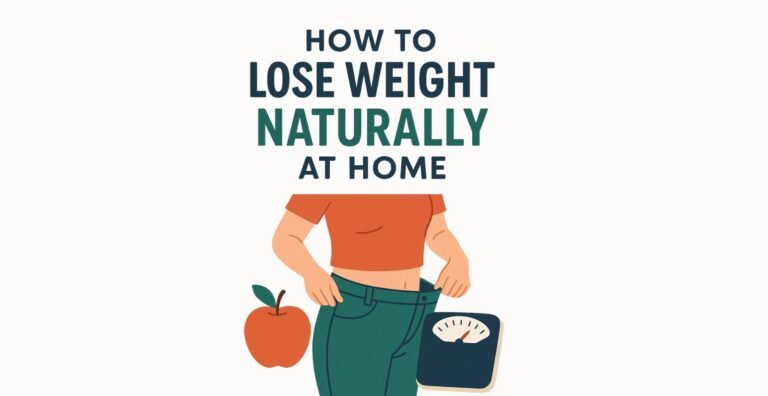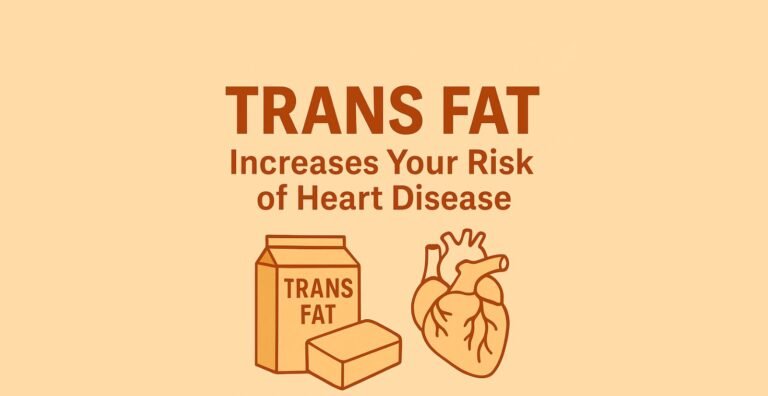Top Health & Wellness Product Reviews with Exclusive Sale Prices!
Top Diet Tips to Lower Triglycerides and Boost Heart Health

Elevated triglycerides are a common health issue that can increase the risk of cardiovascular disease, metabolic syndrome, and other serious health conditions. Fortunately, making targeted dietary changes can effectively lower triglyceride levels and improve heart health. In this guide, we’ll explore the top diet tips to lower triglycerides, including recommended foods, lifestyle changes, and meal planning ideas that align with the best SEO practices to attract maximum visibility and engagement.
Table of Contents
- What Are Triglycerides?
- Why High Triglycerides Are Harmful
- Top Diet Tips to Lower Triglycerides
- Tip #1: Cut Back on Sugary Foods and Refined Carbs
- Tip #2: Increase Fiber-Rich Foods
- Tip #3: Prioritize Healthy Fats
- Tip #4: Limit Alcohol Consumption
- Tip #5: Choose Lean Proteins
- Tip #6: Incorporate Omega-3-Rich Foods
- Sample 7-Day Meal Plan for Lowering Triglycerides
- Additional Lifestyle Tips to Lower Triglycerides
- FAQs About Triglyceride Management and Diet
- Conclusion
What Are Triglycerides?
Triglycerides are a type of fat (lipid) in the blood. After you eat, your body converts any excess calories it doesn’t immediately use into triglycerides. These triglycerides are stored in your fat cells and released later as an energy source.
Key Points
- Triglycerides are essential for energy but high levels can harm heart health.
- Normal triglyceride levels should be below 150 mg/dL, while levels above 200 mg/dL are considered high.
Why High Triglycerides Are Harmful
High triglycerides can lead to plaque buildup in the arteries, increasing the risk of heart disease, stroke, and pancreatitis. Managing triglyceride levels through diet is essential for reducing these health risks and enhancing overall well-being.
Top Diet Tips to Lower Triglycerides
Tip #1: Cut Back on Sugary Foods and Refined Carbs
Sugar and refined carbs (such as white bread, pasta, and baked goods) can cause blood sugar spikes, leading to higher triglyceride levels. Limiting sugar intake, especially from sweetened beverages, is one of the most effective ways to lower triglycerides.
Actionable Steps:
- Swap sugary drinks for water or unsweetened tea.
- Choose whole grains like oats, quinoa, and brown rice over refined grains.
- Limit desserts and high-sugar snacks to special occasions.
Tip #2: Increase Fiber-Rich Foods
Fiber, particularly soluble fiber, can help lower triglycerides by slowing down the absorption of fat and sugar in the bloodstream. High-fiber foods also improve satiety, aiding in weight management.
Actionable Steps:
- Add more fruits and vegetables to your meals.
- Incorporate legumes, such as lentils and beans, into your diet.
- Choose whole grains like oatmeal, barley, and quinoa over processed grains.
Tip #3: Prioritize Healthy Fats
Not all fats are created equal. While saturated and trans fats can raise triglyceride levels, monounsaturated and polyunsaturated fats can help lower them. Avoid trans fats commonly found in processed foods and focus on incorporating healthier fats.
Actionable Steps:
- Use olive oil instead of butter or margarine.
- Include nuts, seeds, and avocados in your diet.
- Opt for fatty fish like salmon, mackerel, and sardines for a healthy dose of omega-3s.
Tip #4: Limit Alcohol Consumption
Alcohol is high in sugar and calories, which can quickly increase triglycerides, especially when consumed in excess. For some people, even moderate alcohol intake can lead to higher triglyceride levels.
Actionable Steps:
- Limit alcohol to one drink per day for women and two drinks per day for men.
- Try alcohol-free beverages, such as sparkling water with lemon or herbal teas.
- Avoid binge drinking as it can lead to severe spikes in triglycerides.
Tip #5: Choose Lean Proteins
Lean proteins are a heart-healthy alternative to fatty cuts of meat, which are often high in saturated fats. Protein helps keep you full and satisfied without contributing to high triglyceride levels.
Actionable Steps:
- Opt for chicken, turkey, and lean cuts of beef.
- Include plant-based protein sources like beans, lentils, and tofu.
- Consider incorporating low-fat dairy products in moderation.
Tip #6: Incorporate Omega-3-Rich Foods
Omega-3 fatty acids, found in certain fish and plant sources, can lower triglycerides and support heart health. They work by reducing inflammation and decreasing the liver’s production of triglycerides.
Actionable Steps:
- Aim to eat fatty fish like salmon, trout, and sardines at least twice a week.
- For plant-based omega-3s, include chia seeds, flaxseeds, and walnuts.
- Consider a fish oil supplement if you don’t consume fish regularly (consult with a healthcare provider).
Sample 7-Day Meal Plan for Lowering Triglycerides
Here’s a sample meal plan designed to help you manage your triglyceride levels. Adjust portions and ingredients based on your preferences and dietary needs.
| Day | Breakfast | Lunch | Dinner | Snack |
|---|---|---|---|---|
| Monday | Oatmeal with berries and chia seeds | Quinoa salad with vegetables and chickpeas | Grilled salmon with asparagus | Apple with almond butter |
| Tuesday | Smoothie with spinach, avocado, and flaxseeds | Turkey wrap with whole-grain tortilla | Lentil stew with mixed greens | Carrot sticks with hummus |
| Wednesday | Greek yogurt with walnuts and strawberries | Spinach and chickpea salad | Baked chicken breast with sweet potato | Mixed nuts |
| Thursday | Whole-grain toast with avocado and egg | Tuna salad with olive oil and vinegar | Vegetable stir-fry with tofu | Cottage cheese with berries |
| Friday | Steel-cut oats with banana and cinnamon | Grilled vegetable wrap with hummus | Shrimp stir-fry with broccoli | Fresh fruit salad |
| Saturday | Chia pudding with almond milk and raspberries | Mixed bean salad with quinoa | Baked cod with Brussels sprouts | Celery with peanut butter |
| Sunday | Smoothie with kale, chia seeds, and mango | Chicken breast with brown rice | Stuffed bell peppers with lentils | Low-fat Greek yogurt |

Additional Lifestyle Tips to Lower Triglycerides
Regular Exercise: Aim for at least 150 minutes of moderate exercise each week, like brisk walking, cycling, or swimming. Physical activity can help lower triglycerides by promoting weight loss and improving insulin sensitivity.
- Weight Management: Even a small weight loss of 5–10% can significantly reduce triglyceride levels. Focus on gradual, sustainable weight loss through a balanced diet and regular exercise.
- Stay Hydrated: Drinking enough water is essential for metabolism and helps regulate blood sugar levels, which can indirectly influence triglycerides.
- Reduce Stress: Chronic stress can lead to unhealthy eating habits and weight gain, both of which can elevate triglyceride levels. Practice relaxation techniques, such as yoga, meditation, and mindfulness.
FAQs About Triglyceride Management and Diet
1. Can I lower my triglycerides with diet alone?
Yes, dietary changes can significantly reduce triglyceride levels, especially when combined with exercise and a healthy lifestyle.
2. Are there specific foods to avoid?
Yes, avoid sugary foods, trans fats, and refined carbohydrates. These foods are known to increase triglyceride levels.
3. How long does it take to see results?
With consistent dietary changes, you may see a difference in triglyceride levels in as little as 4-6 weeks. However, the timeframe can vary based on individual factors.
4. Do I need to take supplements?
If you can’t regularly consume omega-3-rich foods, consider a fish oil supplement after consulting with a healthcare provider.
Conclusion
Lowering triglycerides is achievable with thoughtful dietary and lifestyle changes. By cutting back on sugar, prioritizing healthy fats, and incorporating fiber and omega-3s, you can effectively reduce triglyceride levels and enhance your heart health. The journey toward a healthier heart starts with simple yet powerful choices that can lead to lasting benefits. Take proactive steps today for a healthier tomorrow.







